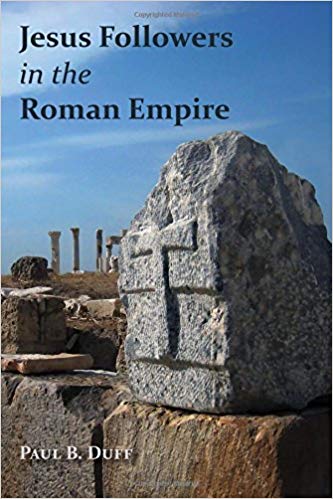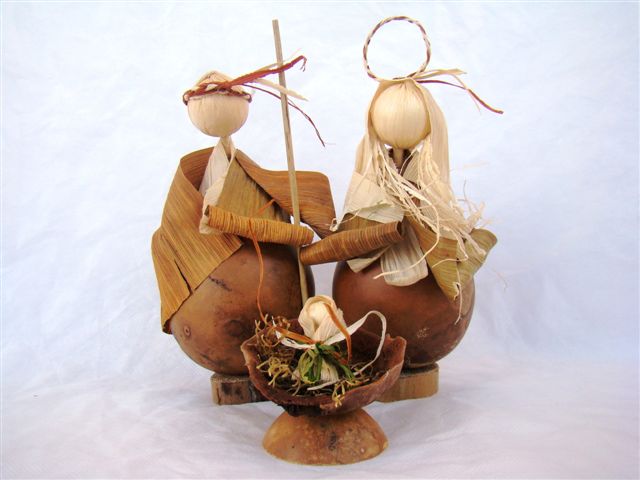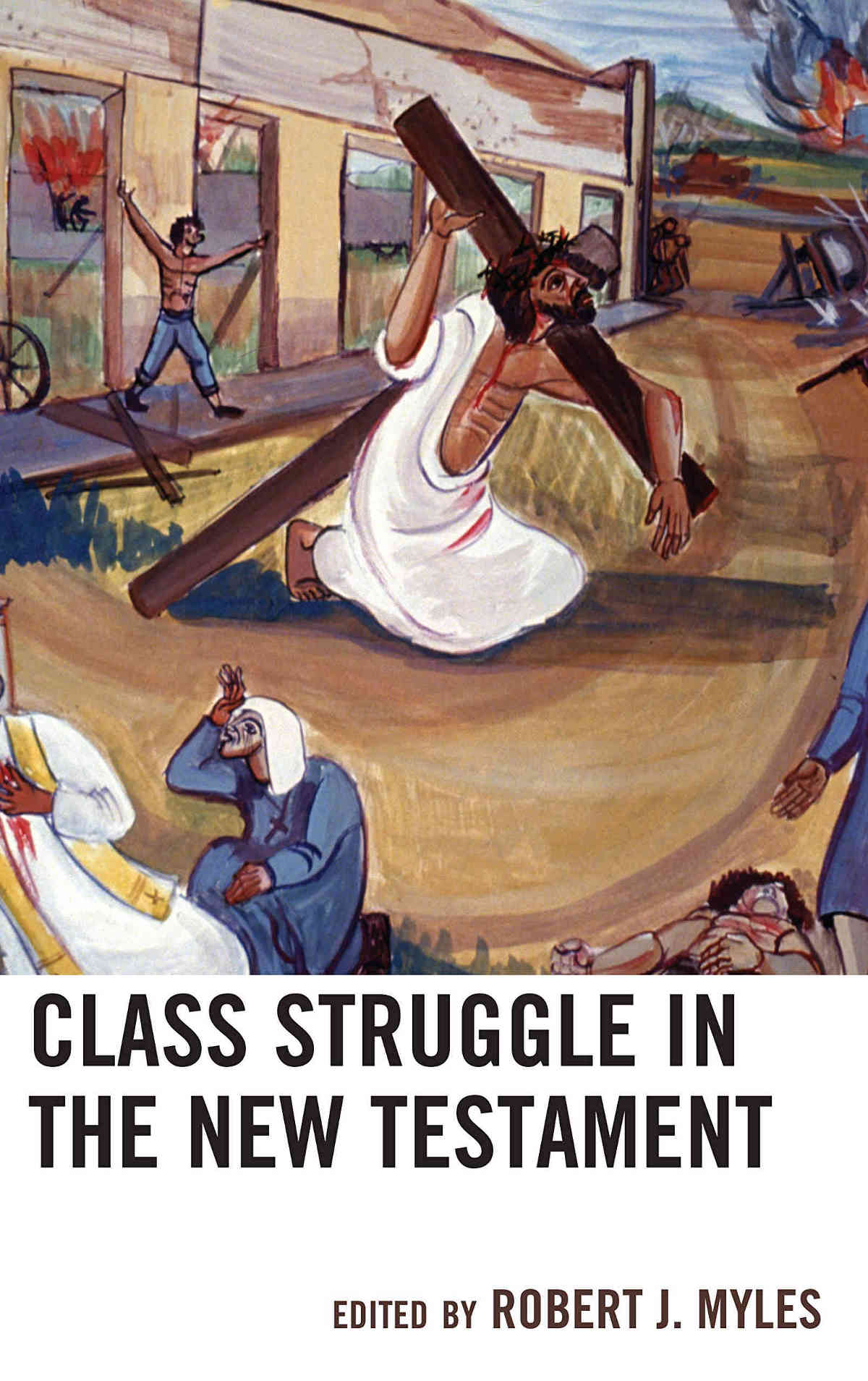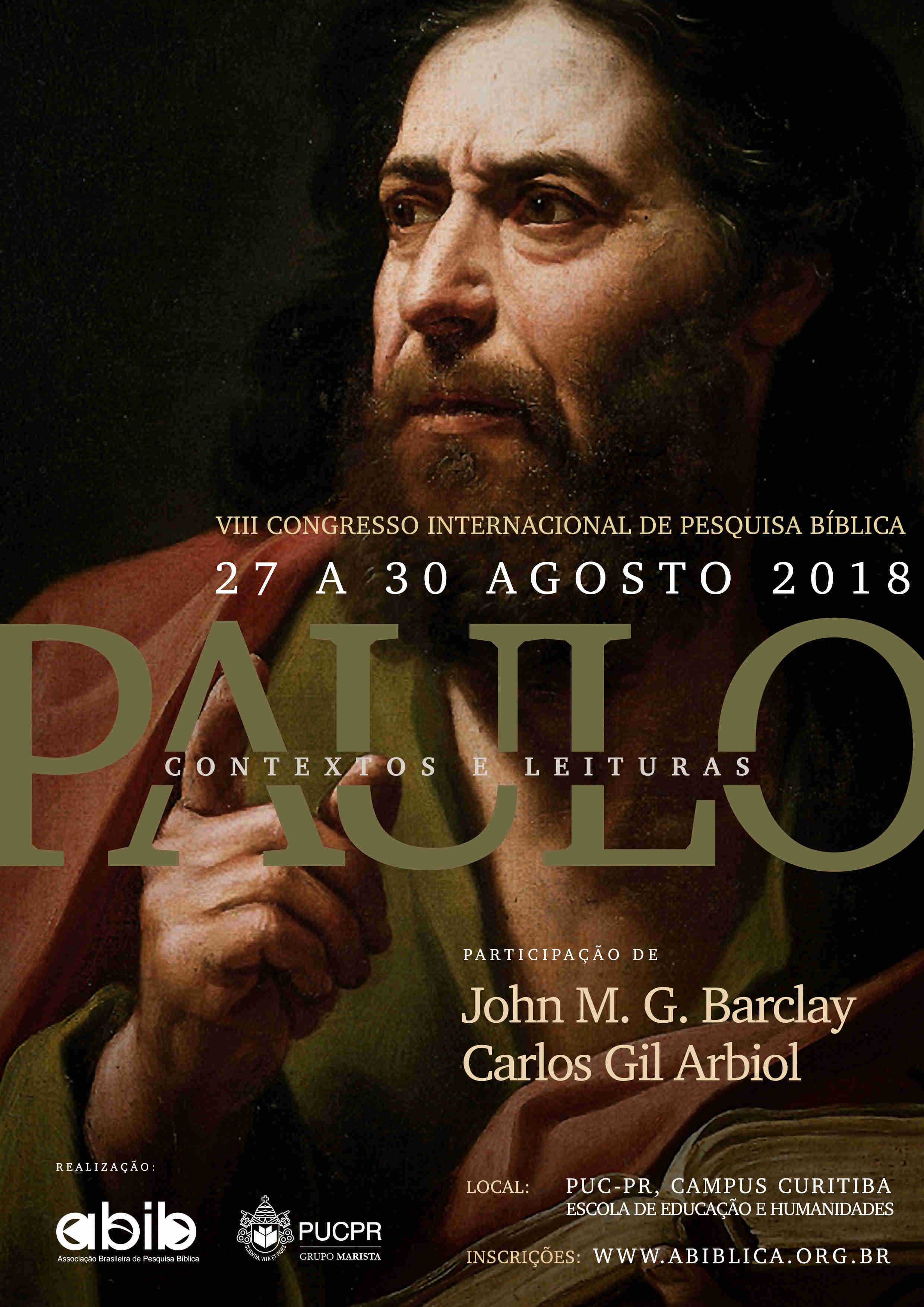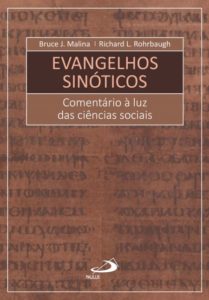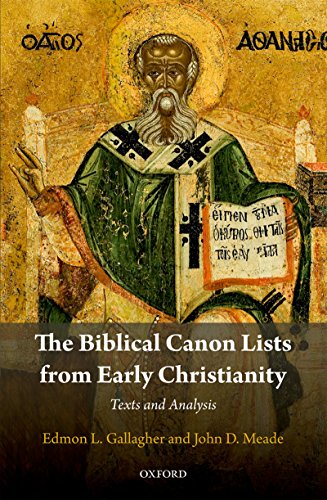As narrativas sobre Jesus falam de opressão humana e misericórdia divina, de violência humana e amor divino. São narrativas que afirmam que Deus se tornou humano na forma de alguém que é vulnerável, pobre e refugiado, a fim de desvendar a injustiça do poder tirânico (…) Jesus também era um bebê de pele morena cuja família, no Oriente Médio, foi desalojada de sua terra tomada pela violência política.
The Jesus story, in its historical context, is one of human terror and divine mercy, of human abuse and divine love. It is a story that claims God became human in the form of one who is vulnerable, poor and displaced in order to unveil the injustice of tyrannical power (…) He too was a brown-skinned baby whose Middle-Eastern family was displaced due to terror and political turmoil (Robyn J. Whitaker, What history really tells us about the birth of Jesus. The Conversation, December 21, 2017).
Recomendo a leitura do artigo de Andrew McGowan, publicado em Bible History Daily em 22/12/2018:
How December 25 Became Christmas – Como foi que 25 de dezembro se tornou Natal
Em 25 de dezembro, os cristãos de todo o mundo se reúnem para celebrar o nascimento de Jesus. Canções alegres, liturgias especiais, presentes elegantemente embrulhados, ceias festivas – tudo isto caracteriza a festa atual. Mas como surgiu a festa de Natal? Como o dia 25 de dezembro passou a ser associado ao aniversário de Jesus?
On December 25, Christians around the world will gather to celebrate Jesus’ birth. Joyful carols, special liturgies, brightly wrapped gifts, festive foods—these all characterize the feast today, at least in the northern hemisphere. But just how did the Christmas festival originate? How did December 25 come to be associated with Jesus’ birthday?
Um trecho:
Os primeiros escritos – Paulo e Marcos – não mencionam o nascimento de Jesus. Os Evangelhos de Mateus e Lucas fornecem relatos bem conhecidos do evento, mas bastante diferentes entre si, embora nenhum deles especifique uma data. No século segundo EC, mais detalhes do nascimento e da infância de Jesus estão relacionados em escritos apócrifos como o Evangelho da Infância de Tomé e o Proto Evangelho de Tiago. Esses textos fornecem tudo, desde os nomes dos avós de Jesus até os detalhes de sua educação, mas não a data de seu nascimento.
Finalmente, em cerca de 200 EC, um teólogo cristão no Egito faz referência à data em que Jesus nasceu. Segundo Clemente de Alexandria, vários dias diferentes haviam sido propostos por diferentes grupos cristãos. Por mais surpreendente que possa parecer, Clemente não menciona o dia 25 de dezembro. Clemente escreve: “Há aqueles que determinaram não apenas o ano do nascimento de nosso Senhor, mas também o dia; e eles dizem que isto aconteceu no 28º ano de Augusto, e no 25º dia do [mês egípcio] Pachon [20 de maio no nosso calendário] … E tratando da Sua Paixão, com grande exatidão, alguns dizem que aconteceu no 16º ano de Tibério, no dia 25 de Phamenoth [21 de março]; e outros no dia 25 de Pharmuthi [21 de abril] e outros dizem que no dia 19 de Pharmuthi [15 de abril] o Salvador padeceu. Além disso, outros dizem que Ele nasceu no dia 24 ou 25 de Pharmuthi [20 ou 21 de abril]” (Stromata 1.21.145).
Claramente, havia uma grande incerteza, mas também um interesse considerável na datação do nascimento de Jesus no final do século segundo. No século quarto, entretanto, encontramos referências a duas datas que foram amplamente reconhecidas – e agora também celebradas – como o aniversário de Jesus: 25 de dezembro no Império Romano do Ocidente e 6 de janeiro no Oriente (especialmente no Egito e na Ásia Menor). A moderna igreja armênia continua celebrando o Natal em 6 de janeiro; para a maioria dos cristãos, no entanto, 25 de dezembro prevaleceria, enquanto 6 de janeiro acabou sendo conhecido como a Festa da Epifania, comemorando a chegada dos magos em Belém. O período entre as duas celebrações se tornou a temporada festiva mais tarde conhecida como os 12 dias de Natal.
A menção mais antiga de 25 de dezembro como o aniversário de Jesus vem de um calendário romano da metade do século IV que lista as datas da morte de vários bispos e mártires cristãos. A primeira data listada, 25 de dezembro, é marcada: natus Christus in Betleem Judeae: “Cristo nasceu em Belém da Judeia”. Por volta de 400 EC, Agostinho de Hipona menciona um grupo cristão dissidente local, os Donatistas, que aparentemente celebravam a festa do Natal em 25 de dezembro, mas se recusavam a celebrar a Epifania em 6 de janeiro, considerando-a uma inovação. Como o grupo Donatista só emergiu durante a perseguição sob Diocleciano em 312 EC e depois permaneceu teimosamente ligado às práticas daquele momento no tempo, eles parecem representar uma antiga tradição cristã norte-africana.
No Oriente, o dia 6 de janeiro não foi associado apenas aos magos, mas à história do Natal como um todo.
Assim, quase 300 anos depois do nascimento de Jesus, finalmente encontramos pessoas observando seu nascimento na metade do inverno [no hemisfério norte]. Mas como eles identificaram as datas de 25 de dezembro e 6 de janeiro?
The earliest writings—Paul and Mark—make no mention of Jesus’ birth. The Gospels of Matthew and Luke provide well-known but quite different accounts of the event—although neither specifies a date. In the second century C.E., further details of Jesus’ birth and childhood are related in apocryphal writings such as the Infancy Gospel of Thomas and the Proto-Gospel of James.b These texts provide everything from the names of Jesus’ grandparents to the details of his education—but not the date of his birth.
Finally, in about 200 C.E., a Christian teacher in Egypt makes reference to the date Jesus was born. According to Clement of Alexandria, several different days had been proposed by various Christian groups. Surprising as it may seem, Clement doesn’t mention December 25 at all. Clement writes: “There are those who have determined not only the year of our Lord’s birth, but also the day; and they say that it took place in the 28th year of Augustus, and in the 25th day of [the Egyptian month] Pachon [May 20 in our calendar] … And treating of His Passion, with very great accuracy, some say that it took place in the 16th year of Tiberius, on the 25th of Phamenoth [March 21]; and others on the 25th of Pharmuthi [April 21] and others say that on the 19th of Pharmuthi [April 15] the Savior suffered. Further, others say that He was born on the 24th or 25th of Pharmuthi [April 20 or 21].”
Clearly there was great uncertainty, but also a considerable amount of interest, in dating Jesus’ birth in the late second century. By the fourth century, however, we find references to two dates that were widely recognized—and now also celebrated—as Jesus’ birthday: December 25 in the western Roman Empire and January 6 in the East (especially in Egypt and Asia Minor). The modern Armenian church continues to celebrate Christmas on January 6; for most Christians, however, December 25 would prevail, while January 6 eventually came to be known as the Feast of the Epiphany, commemorating the arrival of the magi in Bethlehem. The period between became the holiday season later known as the 12 days of Christmas.
The earliest mention of December 25 as Jesus’ birthday comes from a mid-fourth-century Roman almanac that lists the death dates of various Christian bishops and martyrs. The first date listed, December 25, is marked: natus Christus in Betleem Judeae: “Christ was born in Bethlehem of Judea.” In about 400 C.E., Augustine of Hippo mentions a local dissident Christian group, the Donatists, who apparently kept Christmas festivals on December 25, but refused to celebrate the Epiphany on January 6, regarding it as an innovation. Since the Donatist group only emerged during the persecution under Diocletian in 312 C.E. and then remained stubbornly attached to the practices of that moment in time, they seem to represent an older North African Christian tradition.
In the East, January 6 was at first not associated with the magi alone, but with the Christmas story as a whole.
So, almost 300 years after Jesus was born, we finally find people observing his birth in mid-winter. But how had they settled on the dates December 25 and January 6?
Leia o artigo completo.
Um livro:
ROLL, S. K. Toward the Origins of Christmas. Kampen: Kok Pharos, 1995, 296 p. – ISBN 9789039005316
